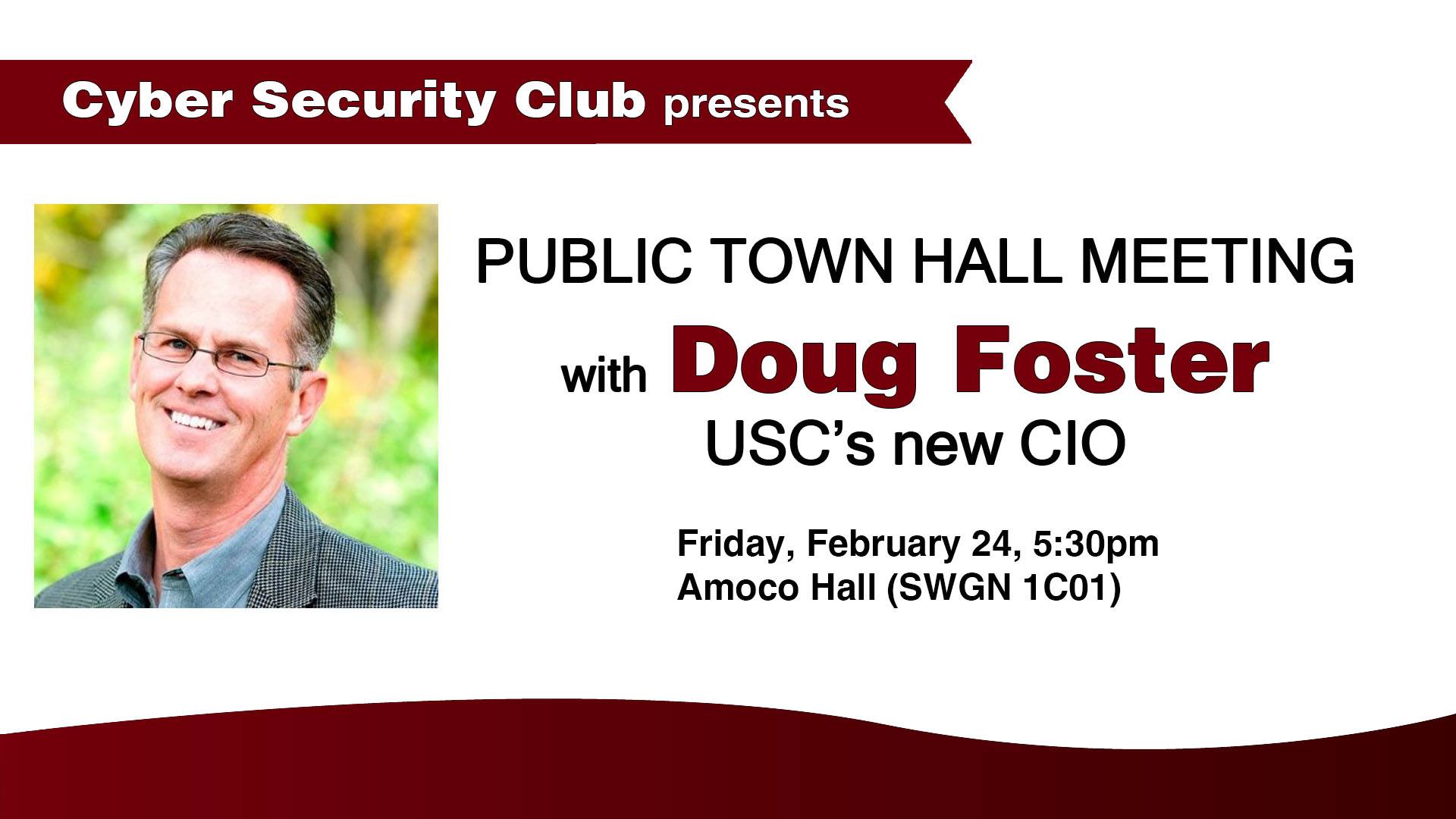Building Socially Cooperative Human-Robot Teams
- 6 views
Wednesday, March 8, 2017 - 09:30 am
1A03 (Faculty Lounge)
COLLOQUIUM
Department of Computer Science and Engineering
University of South Carolina
Chien-Ming Huang
Abstract
Robots hold promise in assisting people in a variety of domains including healthcare services, household chores, collaborative manufacturing, and educational learning. In supporting these activities, robots need to engage with humans in socially cooperative interactions in which they work together toward a common goal in a socially intuitive manner. Such interactions require robots to coordinate actions, predict task intent, direct attention, and convey relevant information to human partners. In this talk, I will present how techniques in human-computer interaction, artificial intelligence, and robotics can be applied in a principled manner to create and study socially cooperative interactions between humans and robots. I will demonstrate social, cognitive, and task benefits of effective human-robot teams in various application contexts. I will also describe my current research that focuses on building socially cooperative robots to facilitate behavioral intervention for children with autism spectrum disorders (ASD). I will discuss broader impacts of my research, as well as future directions of my research program to develop personalized social technologies.
Chien-Ming Huang is a Postdoctoral Associate in the Department of Computer Science at Yale University, leading the NSF Expedition project on Socially Assistive Robotics. Dr. Huang received his Ph.D. in Computer Science at the University of Wisconsin?Madison in 2015, his M.S. in Computer Science at the Georgia Institute of Technology in 2010, and his B.S. in Computer Science at National Chiao Tung University in Taiwan in 2006. Dr. Huang?s research has been published at selective conferences such as HRI (Human-Robot Interaction) and RSS (Robotics: Science and Systems). His research has also been awarded a Best Paper Runner-Up at RSS 2013 and has received media coverage from MIT Technology Review, Tech Insider, and Science Nation. In 2016, Dr. Huang was invited to give an RSS early career spotlight talk at AAAI.
